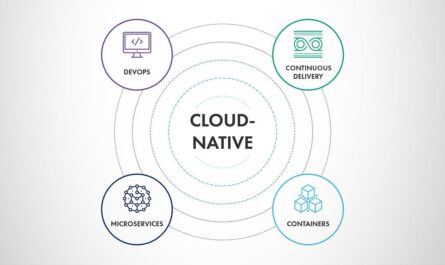
Introduction to Digital Signage
Digital signage refers to the use of digital displays in public spaces like malls, airports, restaurants, retail stores, hospitals, etc. for transmitting information and advertisements to viewers. These digital displays use various technologies like LCD, LED, and projectors connected to a media player or connected remotely to a content management system. Content on digital signage screens is continuously changing and can include images, videos, web pages, social media feeds, news, weather, and more.
Growth of Digital Signage Market
The global digital signage market has witnessed tremendous growth over the last decade due to falling hardware prices and advancement in display technologies. According to various market research reports, the digital signage market size was valued at over USD 20 billion in 2020 and is projected to grow at a CAGR of more than 10% till 2028. The Asia Pacific region holds the largest market share currently due to rapid urbanization and economic growth in emerging economies like China and India. Other major regions contributing to the digital signage market growth are North America, Europe, and South America.
Advantages of Digital Signage over Traditional Signage
Traditional static sign boards, posters, and billboards have now been replaced with digital signage in most public spaces due to various advantages it offers:
– Flexibility: Digital signage content can be created, scheduled, updated, and changed remotely through content management systems without the need to change physical displays or designs. This allows for timely and engaging communication.
– Engaging Content: With the ability to display high-resolution videos, animations, and interactive elements, digital signage engages customers better than traditional static signs. It can hold attention for longer periods.
– Analytics: Most digital signage players come with built-in analytics tools that can track viewer metrics like dwell time, demographic data, etc. This helps advertisers gauge their campaigns’ effectiveness.
– Cost Savings: Though the initial installation costs may be higher for digital signage, it saves on frequent content updates, design changes, reprints, etc. Over time, the total cost of ownership is lower than static signs.
– Multipurpose Usage: With integrations through APIs and remote updates, digital signs can dynamically switch between information display and advertising based on time or events. This optimizes their utility.
Digital Signage Formats and Technologies
Based on installation type and application needs, digital signage finds adoption in various formats:
– Indoor Digital Signage: Used widely inside buildings, malls, hospitals, etc. on LCD, LED video walls, and projector-based displays installed on walls or stands.
– Outdoor Digital Signage: Installed outside buildings using weather-proof displays that can withstand all conditions. These include billboard-sized LED displays.
– Transit Digital Signage: Found inside public transport systems like buses, trains, metros for schedules, transit maps, advertisements, etc. Often small-sized display screens.
– Digital Menu Boards: Deployed outside restaurants and fast-food outlets to showcase menus and promote combo/lunch deals digitally.
– Digital Posters: Take the form of standalone poster-sized digital screens placed high-traffic zones for advertising rotating creative content.
Technologies driving digital signage adoption include LCD, LED, Projection, Interactive Kiosks, and Multitouch Screens. While LCD dominated initially, LED and bezel-less video walls are gaining popularity for their high brightness, wide viewing angles, thin form factors and energy efficiency.
Emerging Trends in Digital Signage
The digital signage industry has transformed tremendously over the last few years. Some upcoming trends include:
– Improved Video Capabilities: Higher resolution 4K and 8K displays with fast refresh rates are enabling digital signage networks to display cinematic quality videos for greater storytelling.
– Internet of Things (IoT) Integration: Sensors in digital signs can track viewer engagement, collect anonymous consumer analytics, trigger contextual content based on environmental factors like weather, time of day.
– Audience Targeting: Advanced tools enable targeting digital signage networks based on audience demographics, location. Programmatic DOOH platforms automate audience targeting for ads.
– Edge Computing: Edge devices at digital sign locations can process real-time analytics and stream content independently during network outages using edge servers with local storage.
– 5G Connectivity: 5G networks will make it possible to wirelessly stream ultra-high definition videos to distributed digital signage screens and enable remote interactivity through low latency connections.
– Advanced Interactivity: Through technologies like Bluetooth, NFC, QR codes digital signs can engage viewers by triggering AR/VR experiences, driving to e-commerce pages or initiating support requests with a tap.
Conclusion
With the rise of programmatic advertising and data-driven marketing, digital signage is evolving as a ubiquitous out-of-home advertising medium. By delivering dynamically personalized and targeted content, digital networks can command premium CPM rates. As video playback and interactivity capabilities increase, digital signage is poised to revolutionize how businesses communicate with customers across physical and digital worlds through immersive brand experiences.
*Note:
- Source: Coherent Market Insights, Public sources, Desk research
- We have leveraged AI tools to mine information and compile it



